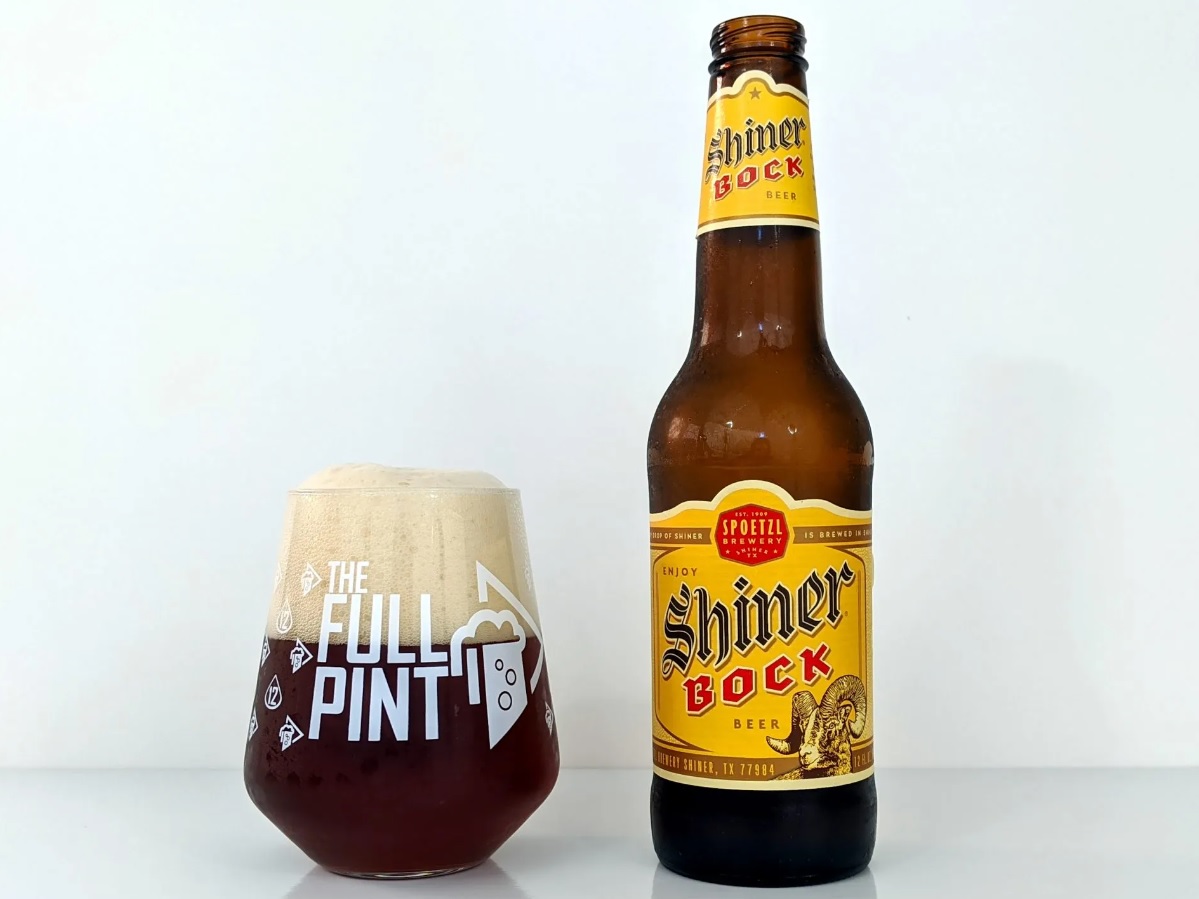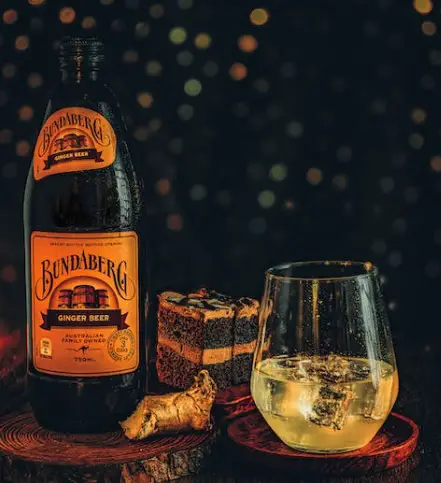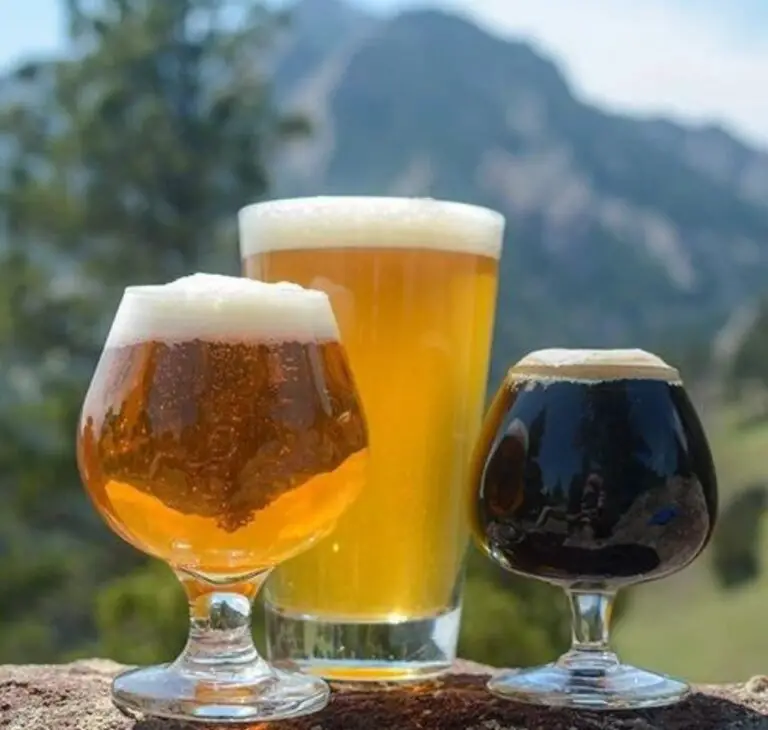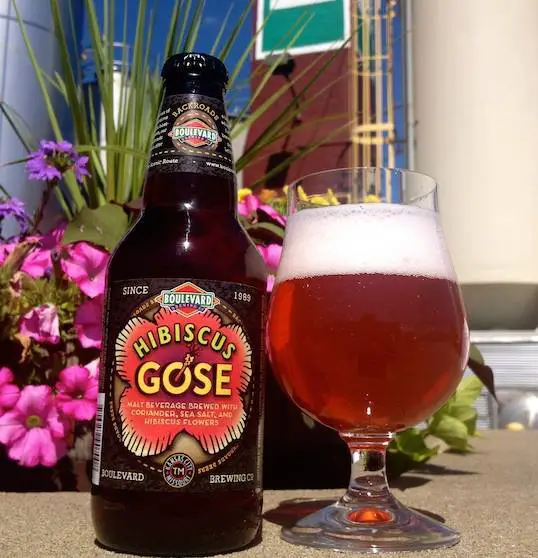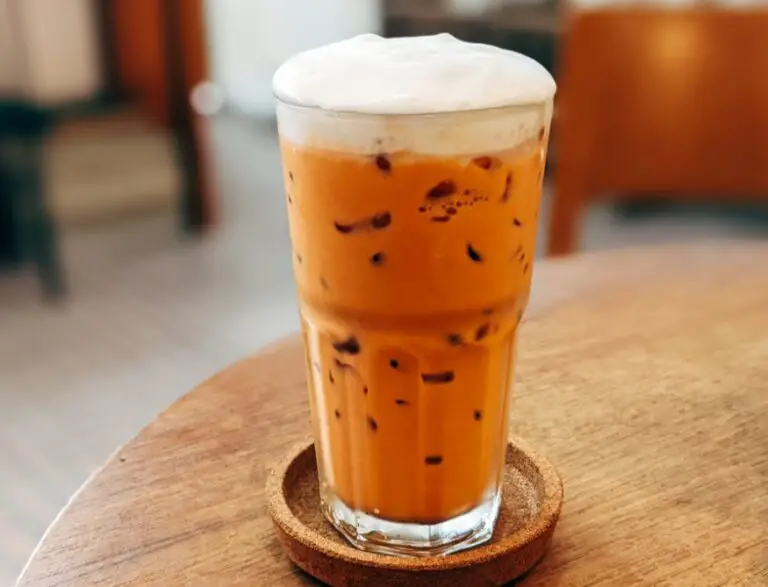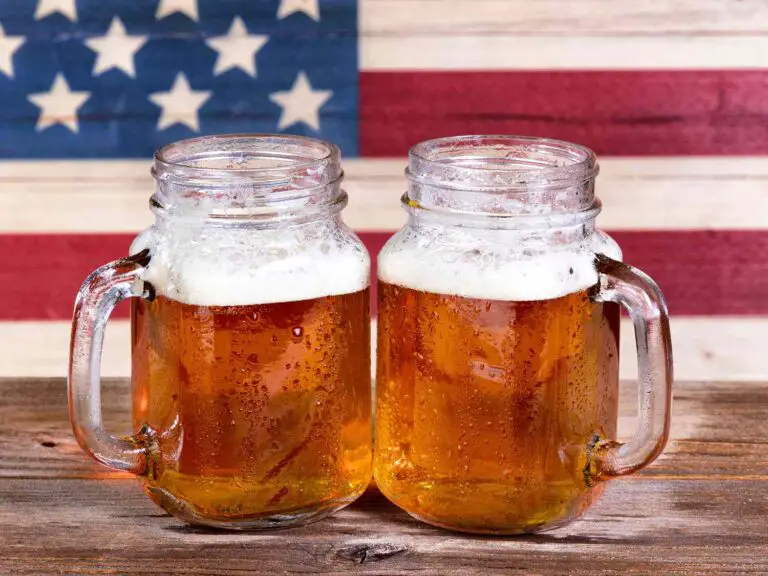Bock Beer – The Ultimate Guide On A Delightful Malty Lager
Bock comes from Einbeck, a town in Germany, that was often pronounced Ein Bock (Ein Bock is “one goat” in German).
Follow us on Instagram!
Bock beer, a rich and malty lager, has its origins in the medieval German town of Einbeck. It is traditionally brewed in the winter months and enjoyed as a warming, hearty beer during spring celebrations. The name “bock” is derived from the Bavarian dialect for “goat,” symbolizing strength and robustness. Over the centuries, bock beer has evolved, encompassing various styles that are celebrated globally.
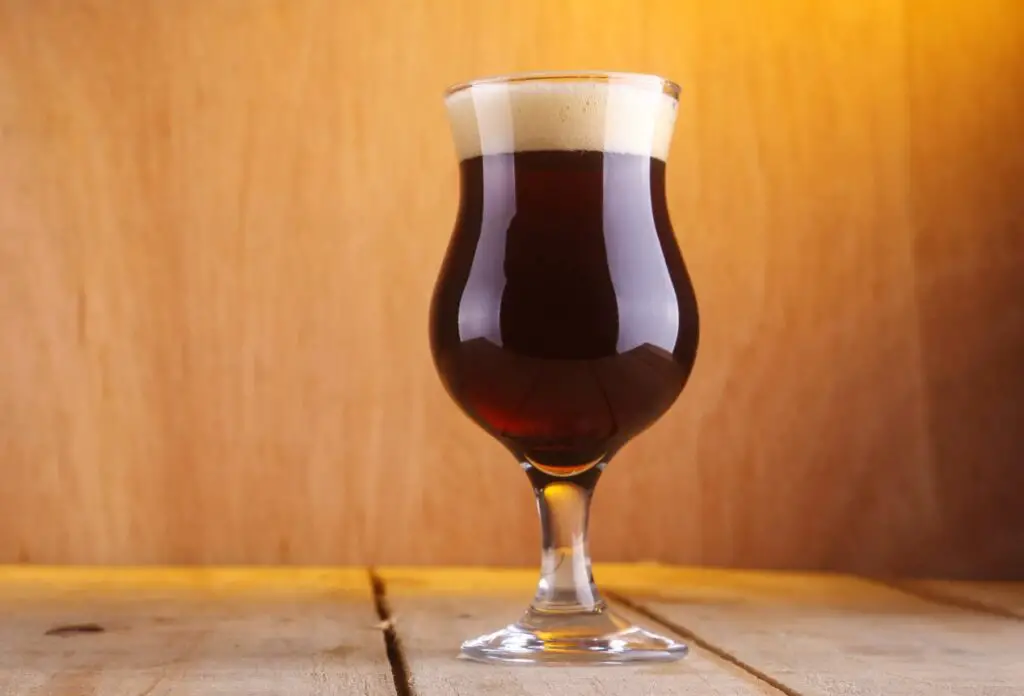
What is Bock Beer? What is Doppelbock Beer?
Bock beer and Doppelbock are both traditional German styles of beer, each with its own distinct characteristics and history. While they share some similarities, they also have unique differences that set them apart. Here’s a detailed comparison:
Origins and History
Bock Beer:
- Origins: The term “bock” is derived from the German town of Einbeck, where this style originated in the 14th century. The beer was later adopted and adapted by Bavarian brewers, who pronounced “Einbeck” as “ein bock,” which translates to “a goat” in German.
- Historical Significance: Bock beer was traditionally brewed in the winter months and consumed in the spring, particularly during religious festivals and celebrations. It was known for its strength and ability to sustain people during periods of fasting.
Doppelbock:
- Origins: Doppelbock, meaning “double bock,” was first brewed by the Paulaner monks in Munich in the 17th century. The monks created this stronger version of bock beer to provide nourishment during Lent, calling it “liquid bread.”
- Historical Significance: The original Doppelbock was named “Salvator,” which means “Savior” in Latin, highlighting its role in sustaining the monks during fasting. Many modern Doppelbocks still carry the “-ator” suffix in homage to the original.
Characteristics
Bock Beer:
- Appearance: Bock beers are typically amber to dark brown in color, with a clear appearance and a moderate to high level of carbonation.
- Flavor Profile: Bock beers are malt-forward, featuring rich, toasty flavors with notes of caramel and bread. The malt sweetness is balanced by a mild hop bitterness.
- Alcohol Content: Bocks generally have an alcohol by volume (ABV) range of 6-7%, making them stronger than standard lagers but not as potent as Doppelbocks.
Doppelbock:
- Appearance: Doppelbocks are darker than regular bocks, ranging from deep amber to nearly black. They often have a thick, creamy head and a high level of clarity.
- Flavor Profile: Doppelbocks are known for their intense maltiness, with flavors of chocolate, toffee, and dark fruit. They tend to be sweeter and fuller-bodied than regular bocks, with minimal hop presence.
- Alcohol Content: Doppelbocks are stronger, typically ranging from 7-10% ABV. This higher alcohol content contributes to their warming character, making them ideal for colder weather.
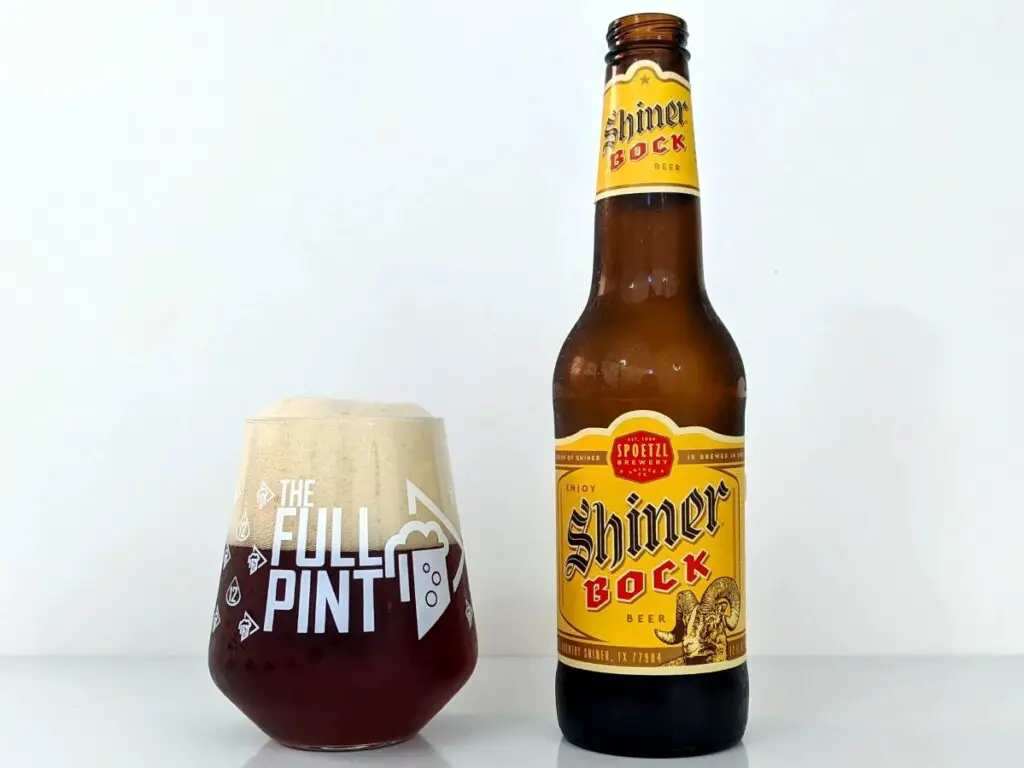
Brewing Process
Bock Beer:
- Ingredients: Bock beers are brewed with a significant amount of Munich and Vienna malts, which contribute to their rich malt profile. German noble hops like Hallertau or Saaz are used sparingly.
- Brewing Techniques: The brewing process for bock beers involves a longer boiling time to achieve the desired malt concentration and caramelization. Fermentation is done at lower temperatures using lager yeast, followed by an extended lagering period to develop smooth, clean flavors.
Doppelbock:
- Ingredients: Doppelbocks use a higher proportion of specialty malts, including Munich, Vienna, and occasionally dark roasted malts. The hop presence is kept minimal to let the malt flavors shine.
- Brewing Techniques: Similar to bocks, Doppelbocks undergo a long boiling process for caramelization and concentration of flavors. The fermentation and lagering periods are also extended, but with a focus on achieving a higher alcohol content and richer flavor complexity.
The Best Bock Beers
1. Einbecker Ur-Bock
Einbecker Ur-Bock is often hailed as the original bock beer, originating from the town of Einbeck, Germany. This beer has a deep amber color and a robust malt profile, balanced by a subtle hop bitterness. Its rich, toasty flavor with hints of caramel and bread makes it a classic example of the traditional bock style. The moderate alcohol content, around 6.5%, adds to its warmth without being overpowering.
2. Paulaner Salvator
Paulaner Salvator is one of the oldest and most famous Doppelbocks. Brewed by the Paulaner Brewery in Munich since the 17th century, Salvator is characterized by its deep chestnut color and full-bodied malt sweetness. With notes of chocolate, toffee, and a hint of dark fruit, it has an ABV of around 7.9%. This beer was originally brewed by monks to sustain them during fasting periods, earning it the nickname “liquid bread.”
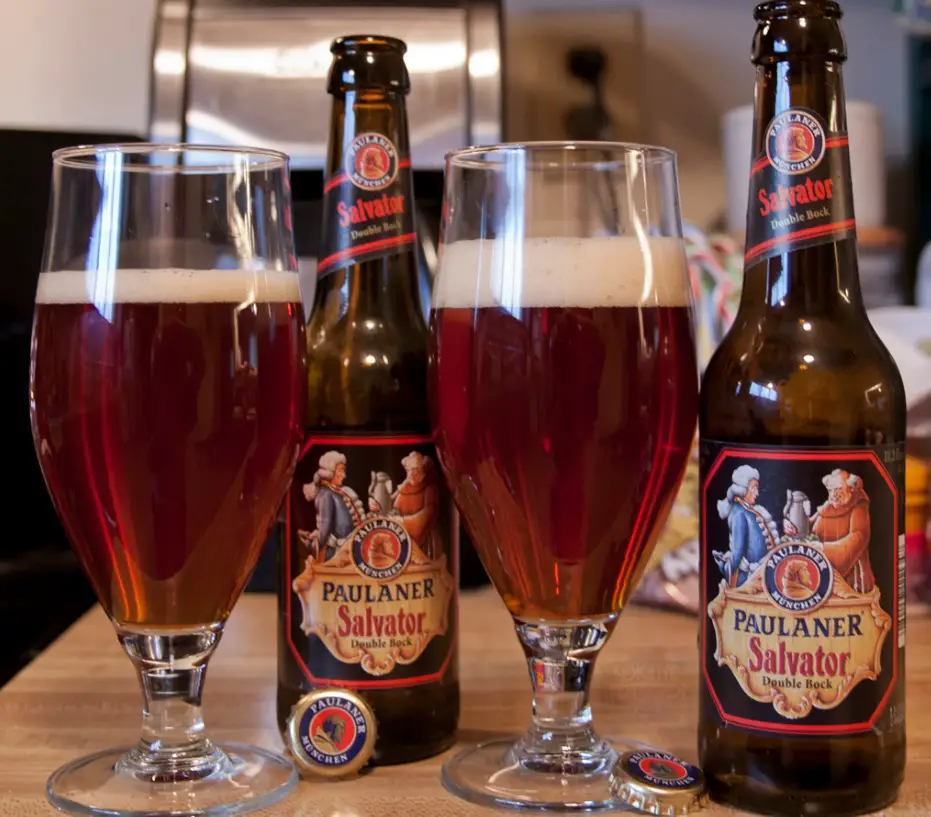
3. Ayinger Celebrator Doppelbock
Ayinger Celebrator Doppelbock is widely regarded as one of the finest examples of the Doppelbock style. Brewed by the Ayinger Brewery in Bavaria, it features a dark, almost opaque color and a complex flavor profile. Expect rich malt sweetness with layers of dark chocolate, caramel, and dried fruit, balanced by a moderate hop bitterness. At 6.7% ABV, Celebrator is smooth and velvety, making it a favorite among beer aficionados.
4. Shiner Bock
Shiner Bock, produced by the Spoetzl Brewery in Texas, is a lighter interpretation of the bock style. It has a light to medium body with a smooth, approachable flavor profile. Notes of caramel and toasted malt are complemented by a mild hop presence. With an ABV of 4.4%, Shiner Bock is highly drinkable and has become a staple in the American craft beer scene, known for its versatility and appeal.
5. Weihenstephaner Vitus
Weihenstephaner Vitus is a Weizenbock, a wheat version of the traditional bock beer. Brewed by the Weihenstephan Brewery, the world’s oldest brewery, Vitus has a pale, golden color and a creamy, frothy head. Its flavor is a harmonious blend of banana, clove, and vanilla, derived from the special yeast used in wheat beers, with a strong malt backbone. With an ABV of 7.7%, Vitus is both refreshing and satisfying.
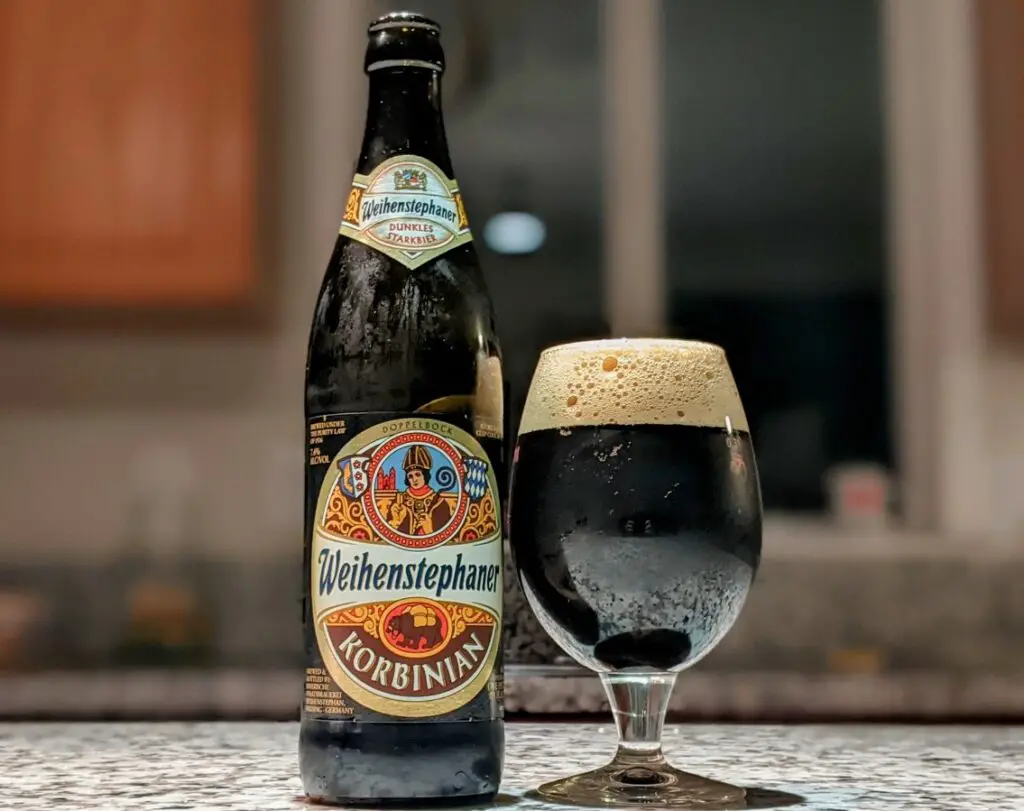
6. Troegenator Double Bock
Troegenator, from Tröegs Independent Brewing in Pennsylvania, is a strong, malty Doppelbock. It pours a deep ruby-brown with a thick, creamy head. The flavor is rich and sweet, featuring notes of caramel, toffee, and dark fruits, balanced by a slight hop bitterness. At 8.2% ABV, Troegenator is robust and warming, perfect for colder weather.
7. Spaten Optimator
Spaten Optimator, brewed by the Spaten-Franziskaner-Bräu brewery in Munich, is a classic German Doppelbock. It has a dark brown color and a dense, malty flavor with notes of chocolate, roasted nuts, and molasses. The moderate carbonation and smooth finish make it a highly drinkable beer despite its 7.6% ABV. Optimator is well-regarded for its consistency and traditional brewing methods.
8. Schell’s Firebrick
Schell’s Firebrick is an American take on the traditional bock beer, brewed by August Schell Brewing Company in Minnesota. It has a rich amber color and a slightly sweet malt profile with notes of caramel and toasted bread. The finish is clean and crisp, with a balanced hop bitterness. With an ABV of 5.0%, Firebrick is a versatile and approachable bock that pairs well with a variety of foods.
9. Andechser Doppelbock Dunkel
Brewed by the Andechs Monastery Brewery in Bavaria, Andechser Doppelbock Dunkel is a dark, robust beer with a deep mahogany color. It has a rich, malty flavor profile featuring chocolate, caramel, and dried fruit, with a hint of roasted malt. The mouthfeel is smooth and creamy, with a warming alcohol presence at 7.1% ABV. This beer is a perfect representation of the traditional Bavarian Doppelbock.
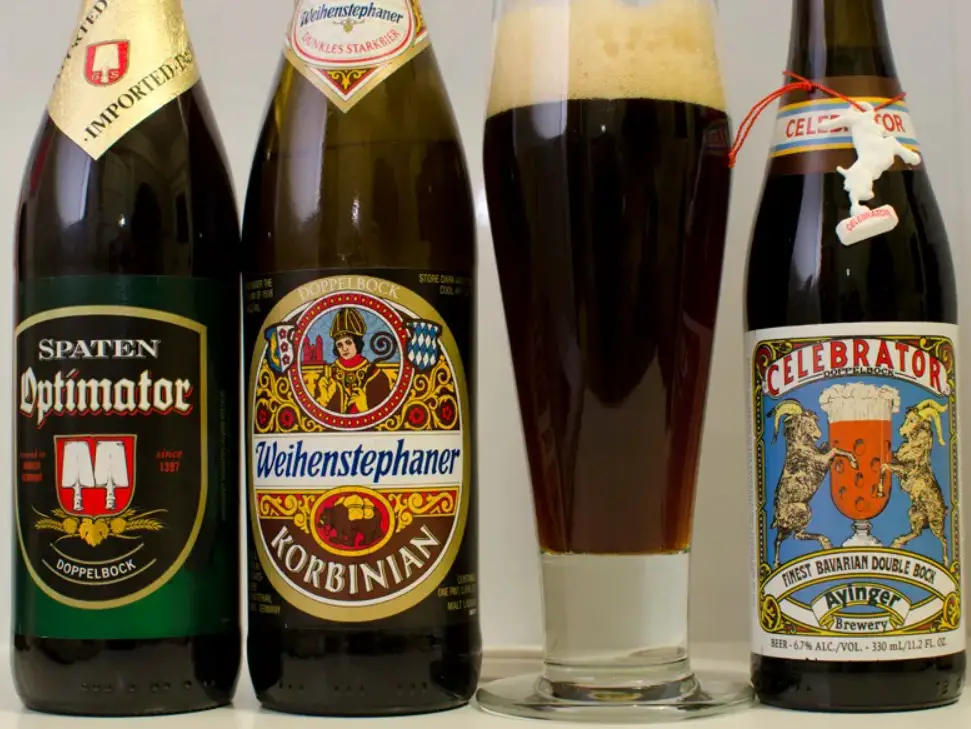
10. Korbinian
Korbinian, brewed by the Weihenstephan Brewery, is a strong, dark Doppelbock named after Saint Korbinian, the patron saint of the brewery. It pours a dark brown with ruby highlights and offers a complex flavor profile of dark chocolate, caramel, and dried fruit, with a hint of smokiness. At 7.4% ABV, Korbinian is both robust and smooth, making it a delightful choice for those seeking a traditional, full-bodied bock beer experience.
Food Pairings for Bock and Doppelbock Beer
Both bock and doppelbock beers offer rich, malty flavors that pair exceptionally well with a variety of foods. Here are some recommended pairings for each style:
Bock Beer Pairings
- Roast Pork: The malt sweetness and toasty flavors of bock beer complement the savory, rich taste of roast pork, especially when served with a caramelized crust.
- Bratwurst: Traditional German sausages pair well with bock beer, as the beer’s maltiness enhances the spices and flavors in the bratwurst.
- Pretzels: The salty, doughy texture of pretzels is a classic match for the smooth, slightly sweet profile of bock beer.
- Caramelized Onions: The sweetness of caramelized onions enhances the malt character in bock beers, making them an excellent pairing for burgers or steaks.
- Gruyère or Emmental Cheese: These Swiss cheeses, with their nutty and slightly sweet flavors, pair beautifully with the malt-forward profile of bock beer.
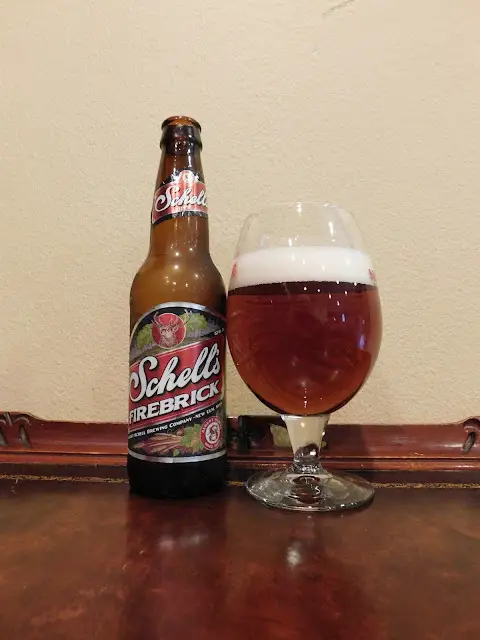
Doppelbock Beer Pairings
- Beef Stew: The rich, hearty flavors of a beef stew are enhanced by the complex maltiness and higher alcohol content of a doppelbock.
- Barbecue Ribs: The smoky, sweet, and tangy flavors of barbecue ribs are a perfect match for the robust, caramel, and chocolate notes found in doppelbocks.
- Roast Duck: The rich, fatty meat of roast duck pairs well with the intense malt sweetness and full-bodied character of a doppelbock.
- Aged Gouda: The caramel and nutty flavors of aged Gouda cheese complement the toffee and dark fruit notes in doppelbocks.
- Chocolate Desserts: The deep chocolate flavors in doppelbock beers make them a great match for chocolate-based desserts like brownies, chocolate cake, or dark chocolate truffles.
These pairings highlight the versatility of bock and doppelbock beers, showcasing how their rich, malty flavors can enhance and be enhanced by a wide range of dishes.
Conclusion
Each of these bock beers offers a unique take on the traditional style, showcasing the rich malt profiles and varying levels of sweetness, bitterness, and alcohol content that make bock beers so beloved. Whether you prefer the classic flavors of German bocks or the innovative twists from American breweries, there is a bock beer to suit every palate.

I am a young architect with a passion that goes beyond blueprints… it’s beer! undertherosebrewing.com is more than just a blog, it’s a manifestation of my lifelong dream to explore, read, and learn everything about beer. Join the blog on this unfiltered and genuine adventure into the heart of beer culture. Cheers!

